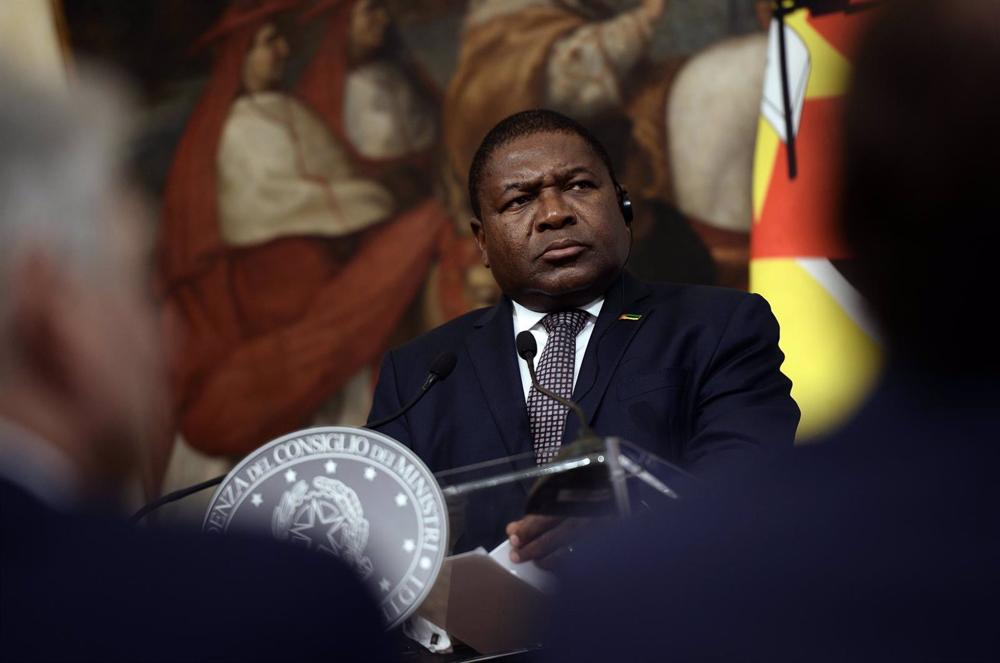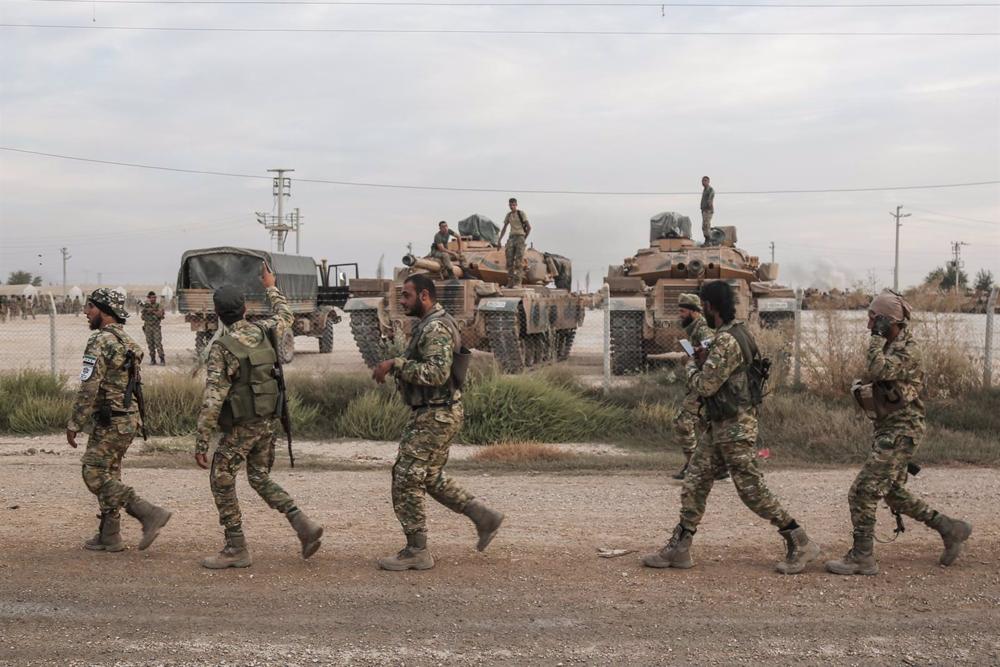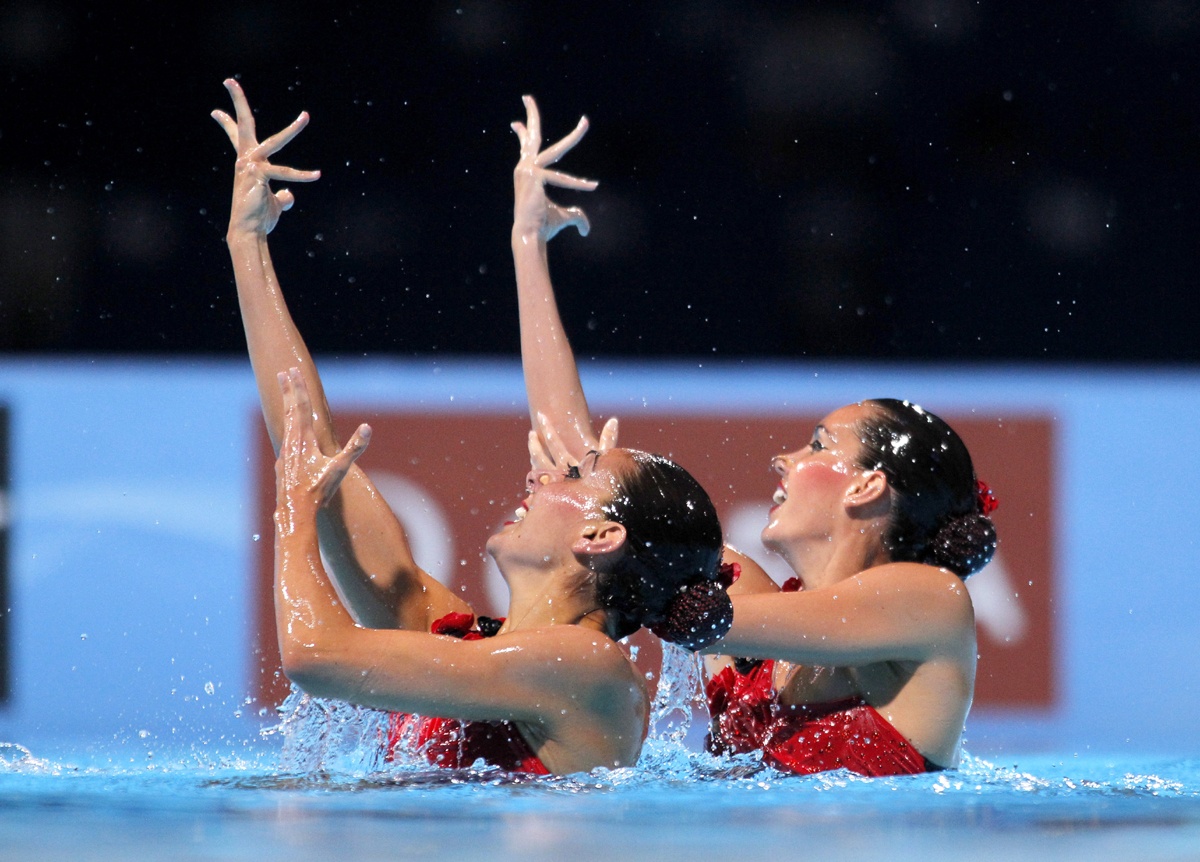
A confidential working group of the Estonian Ministry of Foreign Affairs has counted 322 monuments, tributes and tombstones, reminiscent of the Baltic state’s Soviet past, which may be subject to removal as part of the retaliatory measures being taken by many countries over the war in Ukraine.
This group has been operating since June and has the task of assessing the future of all these memorials that were erected decades ago to remember the triumph of the Soviet Union in World War II and the liberation of its former republics from Nazi control.
The content of this list is also secret for the moment, although it is not discarded in making it public. While the fate of some of these monuments is already known, such as the replica of a T-34 tank in the city of Narva (northeast), which was removed in August, the future of many others is still unknown.
Faced with the controversy raised by the secrecy surrounding this commission and its work, the Minister of Foreign Affairs, Urmas Reinsalu, wanted to clarify that «everything will probably be made public later. There are no secrets, he said, as reported by the public channel ERR.
For her part, the Minister of Culture, Piret Hartman, said she was in favor of publishing all the information on the matter, not only because «politicians are not interested in keeping it secret», but also because «society has something to say about these issues» that «affect» its environment.
In contrast to this withdrawal, artistic and cultural authorities in the Baltic country have expressed concern about the new legislation that is being prepared to give a legislative basis to the order given by the government in August.
«They have decided for us that we have to start dismantling all this heritage, that we have to start modifying it. The sad thing is that it is not understood that history cannot be changed. With this, however, you take away the opportunity to talk about this history,» the Estonian Academy of Arts has pointed out.






